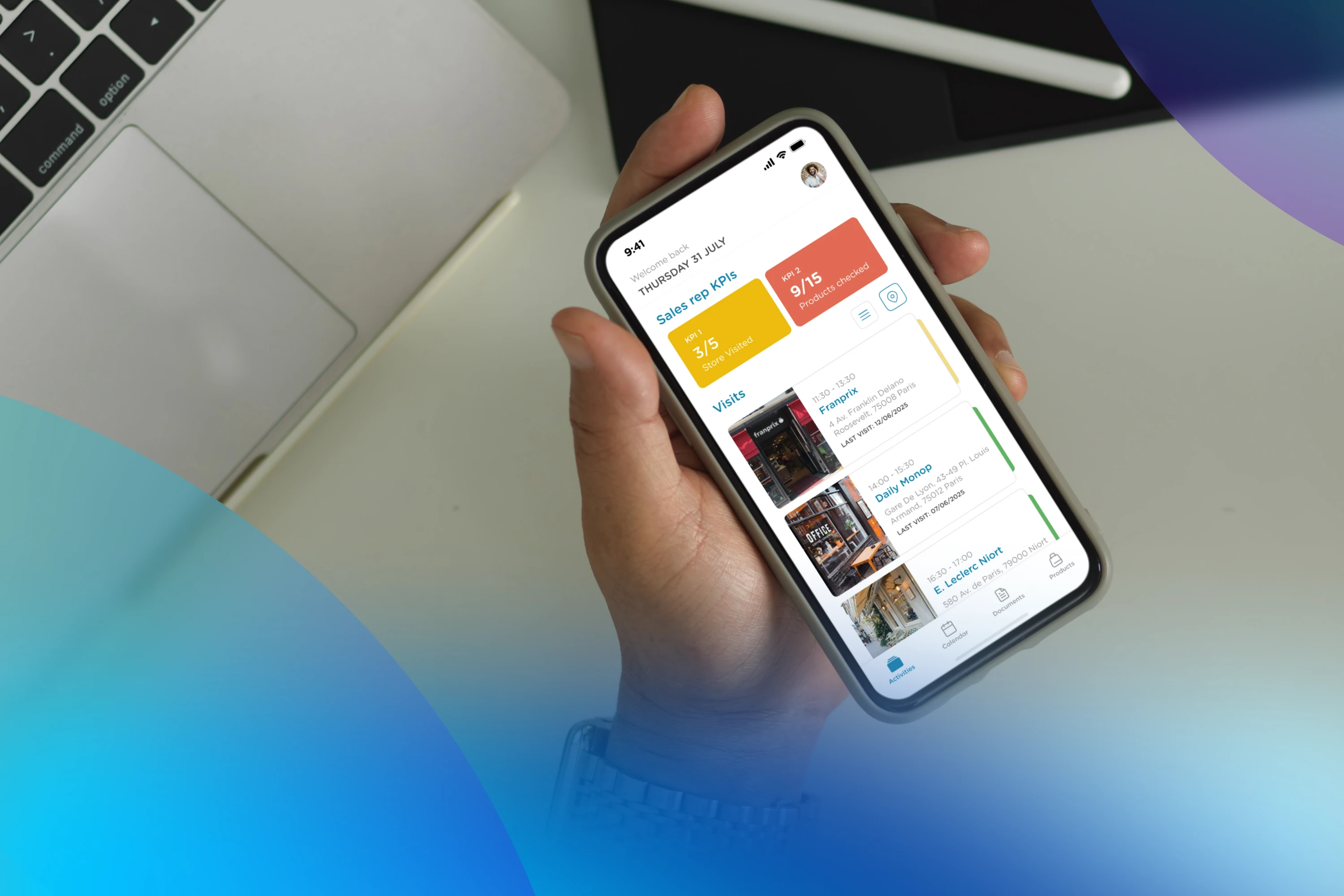How Meta Quest 3 Redefined Mixed Reality and What Quest 4 Will Need to Beat in 2025
Mixed reality is maturing. With Meta Quest 3, MR finally broke out of the gaming bubble and landed squarely in the enterprise. From manufacturing to life sciences, real companies are now using MR to reduce downtime, train faster, and catch critical issues before they cost money or lives. This article breaks down how Quest 3 redefined the category, what’s coming with Quest 4, how it compares to Pico 4 Ultra, and how businesses are putting these tools to work today.

How Meta Quest 3 Redefined Mixed Reality and What Quest 4 Will Need to Beat in 2025
Mixed reality is maturing. With Meta Quest 3, MR finally broke out of the gaming bubble and landed squarely in the enterprise. From manufacturing to life sciences, real companies are now using MR to reduce downtime, train faster, and catch critical issues before they cost money or lives. This article breaks down how Quest 3 redefined the category, what’s coming with Quest 4, how it compares to Pico 4 Ultra, and how businesses are putting these tools to work today.


The Headset That Pulled MR Out of the Hype Cycle
Are you ready for Mixed Reality’s Second Act? Two years ago, “mixed reality” was stuck between VR demos and AR vaporware.
Then Meta Quest 3 launched with shiny new features like the colour-pass through, inside-out tracking, and a Snapdragon XR2 Gen 2 chip that could pin 3-D models to a real desk without external markers. In a market where a 15% Year-over-Year (YoY) decline was the norm, Quest 3 moved an estimated 2 million units in its first six months, almost triple the launch window of Quest Pro.

Since the launch of the Quest platform in 2019, content sales on the Quest store have now topped $2.9 billion.
Those numbers matter because they dragged MR from gaming blogs into boardrooms. Developers suddenly had a mainstream device with reliable passthrough, real-time spatial mapping, and a sub-500-dollar price tag, exactly what enterprise pilots had been missing.

How does the mainstream device translate to business? Here’s a quick summary.
MR at Work in Key Business Sectors
- Manufacturing: Technicians stand on the line, see a holographic overlay of maintenance data, and walk through repairs before shutting down the conveyor.
- Life Sciences: Field teams rehearse device setups on a digital twin, slashing error rates without risking a single sensor.
- Retail & CPG: Merchandisers preview planograms in minutes instead of days, cutting promo roll-out time by 40 %.
Mixed reality keeps your feet in the real world while your eyes see data no monitor can match.
When it comes to comparing the top MR devices on the market, it boils down to Meta Quest 3 vs. Meta Quest 3s vs. Pico 4 Ultra. What’s the difference? And which is the best value for money?
Pico gained ground in China, location-based VR, but global enterprise adoption still leans heavily toward Quest because of its developer toolkit, app catalogue, and aggressive pricing.
Quest 3 vs. 3s vs. Pico 4 Ultra: The Market Reality
In May 2025, Meta released the Quest 3S, a more affordable alternative to Quest 3, targeted at casual users but now under consideration by enterprise teams looking to scale.
While both use the Snapdragon XR2 Gen 2 chip, the Quest 3s cuts costs by reducing visual resolution and passthrough clarity. This may be sufficient for lightweight applications (retail layouts, onboarding simulations), but text-heavy overlays and precision training workflows still demand the fidelity of Quest 3.
XR Device Sales Snapshot (Q1 2025)
Meta continues to dominate XR shipments. According to The AR Insider, Meta shipped 1.1 million XR units globally in Q1 2025, including both Quest 3 and Quest 3S.
By comparison:
- Pico shipped under 90,000 units
- Apple Vision Pro remained niche, shipping fewer than 150,000 units
This confirms a clear trend that Meta is leading adoption, not just with early adopters, but across business and education use cases.
Bottom Line for Enterprise Buyers
If you're deciding between Quest 3 and Quest 3S, the decision comes down to workflow complexity and scale. For detailed simulations, spatial training, and overlay-rich digital twin experiences, Quest3 still offers the visual precision needed to support real work.
Quest 3S may offer a cost-effective way to scale lighter MRuse cases or deploy in pilot programs, but for mission-critical operations, clarity and accuracy win.
Quest 4 Rumours: What Needs to Happen Next
Leaked roadmaps now hint at a late-2026 release for Quest 4, possibly in two SKUs: standard and premium.
It seems the rumours are true. Meta Quest 4 is slated for a late 2026 release, according to credible industry reports. This aligns with Meta’s three-year hardware cycle and gives the Quest 3 and the budget-friendly variation Quest 3S more time on the market for consumers to work with and establish workflows.
What Are The Expected Upgrades?
- Higher-pixel passthrough (from 4 MP ➜ 8 MP per eye)
- Eye & face tracking baked into the base model
- 30% resolution bump without sacrificing battery life
Why it matters: Enterprise users don’t need another gaming console; they need sharper passthrough for text-legible overlays and built-in eye tracking for natural UI. If Meta nails those, MR will step from pilot to plant-wide rollout.

Where Customertimes Fits
Hardware is half the story. CT Metaverse connects Quest headsets to live Salesforce, SAP, and IoT streams:
- Photoreal Digital Twins built with Gaussian splatting for centimetre-level accuracy.
- Real-time Data Sync that turns static models into live dashboards.
- Compliance Tracking that logs every training step for audit-ready proof.
The future of training is changing rapidly, and now is the time to invest in the tech and Metaverse training. With MR headsets, technicians, clinicians, and merchandisers train, plan, and fix issues before they cost money, or worse, lives.
The Road Ahead
Meta Quest 3 proved MR can ship millions and still cost less than a laptop. Quest 4 will have to sharpen optics, add eye tracking, and keep the price under $600 to stay ahead of rising contenders like Pico 4 Ultra. The race is on, but one fact is clear: mixed reality integrates. With the combination of Meta’s hardware and CT’s enterprise stack, business finally has a headset worth betting on.
Book a live CT Metaverse demo and walk through your company’s very own digital twin in a Quest headset.

Contact us today to learn how the Metaverse can work for your operation






